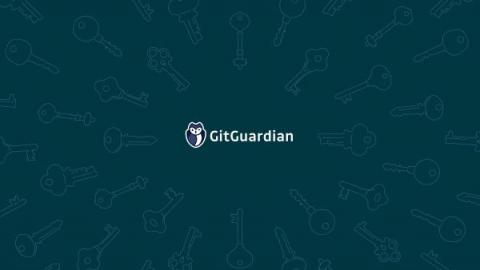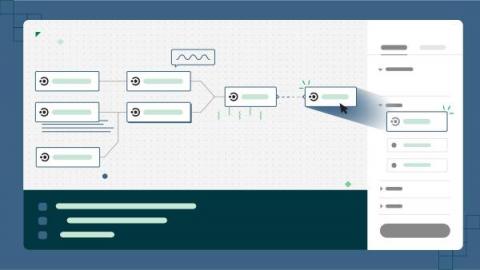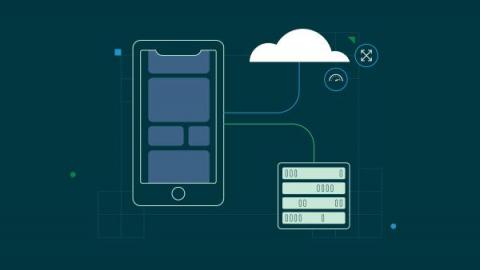Automate deployment of React applications to Firebase
Many platforms offer free hosting services for React and other JavaScript frameworks. These frameworks can be used for building single-page applications, which is handy when you need to launch a minimum viable product or a quick proof of concept. Your fellow developers are taking advantage of these tools, and you can too. To narrow down options, I will focus on Firebase in this tutorial.










